A Little Wisdom Helps You Become Smarter !
Bridging Eras : The Art and Science of Modern Vaulted Dwellings
What may seem like simple brickwork is actually a revolution in sustainable architecture. In this video, workers meticulously construct arched dwellings using red bricks and mortar—a method that reimagines ancient cave-building techniques for the modern era. Here’s why this matters:
1. Engineering Timeless Wisdom
The vaulted design, perfected over millennia, leverages *compressive strength* to distribute weight evenly, eliminating the need for beams or columns. While traditional caves used raw earth, modern bricks enhance structural integrity—resisting erosion and earthquakes. Mortar joints, kept under 10mm thick, ensure flexibility while maintaining thermal inertia (the natural ability to stay cool in summer and warm in winter).
2. Material Innovation with Ecological Roots
Red bricks, though industrial, mimic the porosity of earth, allowing walls to “breathe” and regulate humidity. Compared to concrete, brick production emits 30% less CO₂, and their reuse in such projects lowers the carbon footprint further. The result? Buildings that consume 40% less energy for heating/cooling than standard homes.
3. Cultural Continuity Meets Future Needs
This isn’t just about preserving the past—it’s about adapting it. By retaining the arched form, these structures honor communal memory (many cultures historically built vaulted homes), while modern materials make them viable for schools, clinics, or eco-lodges. In a world battling climate change, such designs offer scalable solutions for affordable, low-tech housing.
4. A Blueprint for Global Resilience
From deserts to mountains, vaulted buildings thrive in extreme climates. Their construction requires minimal machinery, empowering communities to build with local resources. As one architect noted: *“It’s not retro—it’s retrofuturism.”*
Bridging Eras : The Art and Science of Modern Vaulted Dwellings
What may seem like simple brickwork is actually a revolution in sustainable architecture. In this video, workers meticulously construct arched dwellings using red bricks and mortar—a method that reimagines ancient cave-building techniques for the modern era. Here’s why this matters:
1. Engineering Timeless Wisdom
The vaulted design, perfected over millennia, leverages *compressive strength* to distribute weight evenly, eliminating the need for beams or columns. While traditional caves used raw earth, modern bricks enhance structural integrity—resisting erosion and earthquakes. Mortar joints, kept under 10mm thick, ensure flexibility while maintaining thermal inertia (the natural ability to stay cool in summer and warm in winter).
2. Material Innovation with Ecological Roots
Red bricks, though industrial, mimic the porosity of earth, allowing walls to “breathe” and regulate humidity. Compared to concrete, brick production emits 30% less CO₂, and their reuse in such projects lowers the carbon footprint further. The result? Buildings that consume 40% less energy for heating/cooling than standard homes.
3. Cultural Continuity Meets Future Needs
This isn’t just about preserving the past—it’s about adapting it. By retaining the arched form, these structures honor communal memory (many cultures historically built vaulted homes), while modern materials make them viable for schools, clinics, or eco-lodges. In a world battling climate change, such designs offer scalable solutions for affordable, low-tech housing.
4. A Blueprint for Global Resilience
From deserts to mountains, vaulted buildings thrive in extreme climates. Their construction requires minimal machinery, empowering communities to build with local resources. As one architect noted: *“It’s not retro—it’s retrofuturism.”*
- Catégories
- Architecte








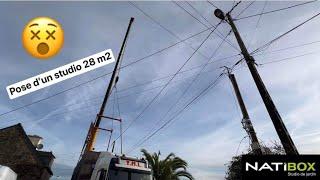

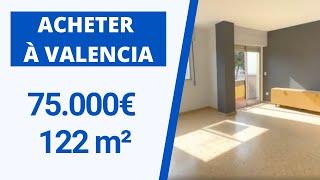

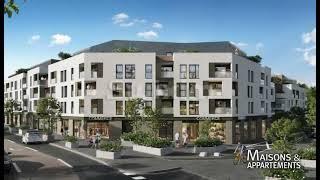
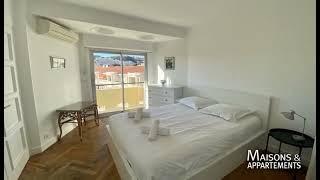
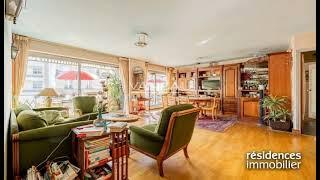


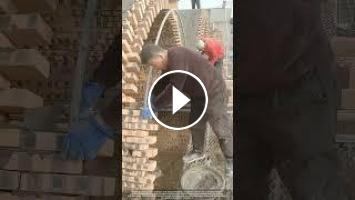
Commentaires